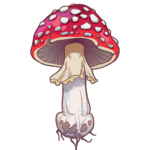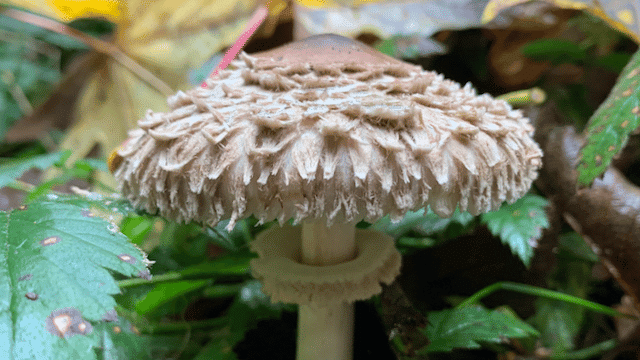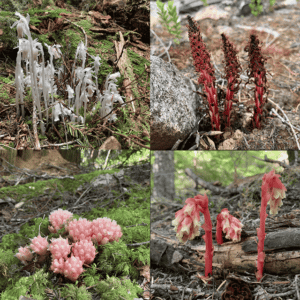Mushroom foragers and enthusiasts in the Pacific Northwest have been lamenting the unseasonably dry weather we have had over the past 4 months. While summer is typically quite dry, 2022 was the driest Jul-Sept on record for the Seattle area and likely also for most of western WA/OR. Western Cascades forests are burning in places where there is no record of large fires in the past. 2022 is a very different year.
Anyone familiar with a ‘typical’ October in the Cascades will notice that there are significantly fewer mushrooms right now than past years. I wondered if we could spot a difference in iNaturalist observations.
There are many variables that contribute to the number of mushroom observations for a specific range like number people outside observing nature, difference in number of iNaturalist users from year to year, and when a user actually uploads those observations. I took 2 minutes to test for this variability by searching for [ Bird + in King County + Observed Oct 1-16 2021 + uploaded Oct 1-20 2021 ] and compared that to the same ranges for 2022. I came up with 505 in 2021, and 487 for 2022. So pretty similar.
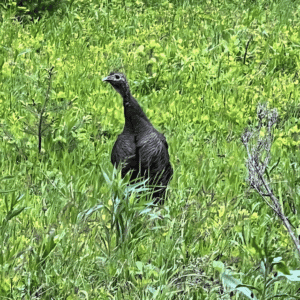
Doing the same for plants returns 2000 in 2021 and 1000 in 2022, so 50% lower this year.
So what about the mushrooms? We can use the big woody mushrooms as a test for consistency year/year since some of these mushrooms can persist for many years and are less impacted by rainfall. In 2021 there were 174 polypore observations in King County and 106 in 2022 or roughly 40% fewer.
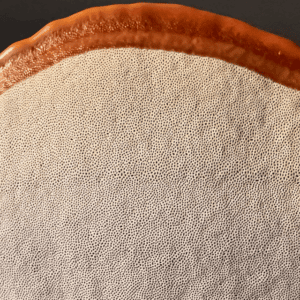
When we look at Basidiomycota as a whole which includes most mushrooms outside of the morels and cup fungi, and also filters out lichens which are organized under the fungal kingdom we get 1600 for 2021 and about 400 for 2022. Down 75%.
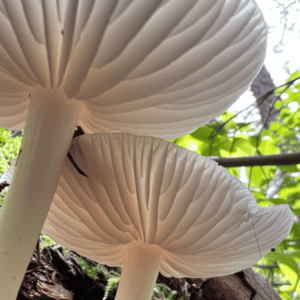
So what does it all mean? For starters it means I spent about 30 minutes to tell you something we all already know. This October has been very dry, and there are not a lot of mushrooms out right now. More importantly, I hope it demonstrates how useful a large amount of community observations of all life forms can be for answering questions about our environment.
iNaturalist.org is a gem, polished by nearly 2.5M observers of all forms of life around the world. In Washington state alone, there are over 10,000 observations of just frogs and toads, and 180,000 fungal observations. This wealth of information gives each of us the ability to answer questions that would be impossible for even the most experienced mycologists, birders, or botanists.
Friday Oct 21 marks the end of a long, dry spell for the region. The rain will prompt the decomposers to start fruiting pretty quickly and hopefully the soil-dwelling fungi will follow soon after. You can take a walk in your neighborhood, look around your yard, or head out to the forest to observe the drastic changes to fungal fruiting in response to this rain. You can help to grow our general understanding of how mushrooms respond to environmental conditions by adding your own observations to iNaturalist. You can do this with the mobile app or website. You can even hide your exact coordinates if you want to protect your privacy or a secret spot. I’m pretty open with my observations.
Here is a simple guide for getting started with iNaturalist
